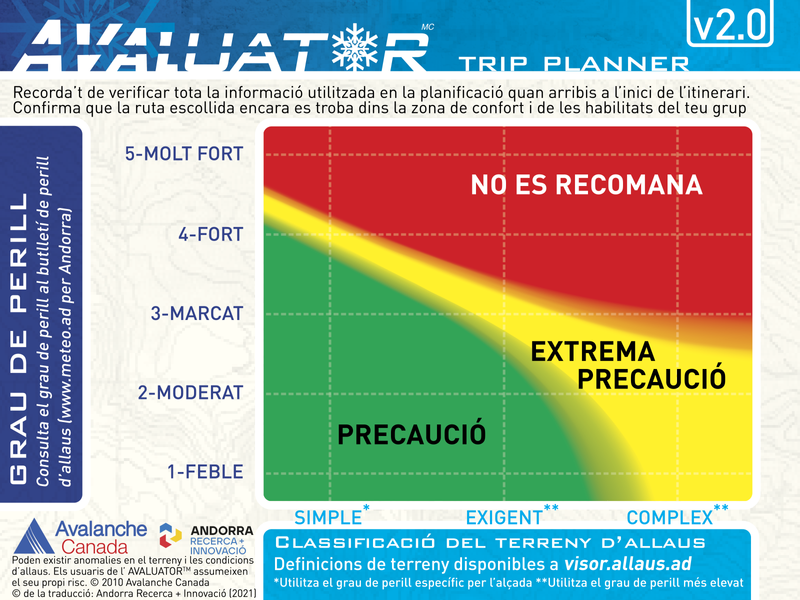Circular a Escàs
General Description
Recorregut: Ruta Circular que transita per camins comunals marcats amb punt groc.
Passarem per camins amples i que en molts trams seran empedrats, anirem durant una estona per la carretera d'Escàs que ens durà al poble on trobarem una font d'Aigua.
Observacions: Ruta molt assequible per iniciar-se o per fer una caminada tranquil·la.
La circular la podem fer en els dos sentits de la marxa.
Ascens: Sortirem de la plaça de les Fontetes al centre de la Massana i anirem per la voravia direcció al Comú fins a trobar les escales a la dreta que ens pujaran pel camí de l'església i seguidament un cop passada la carretera pujarem pel camí del Barranc de la Font del Mosquit. Aquest camí és empedrat i ens portarà fins a la carretera dels Plans per on anirem una estona connectant amb el camí del Solanell, aquest corriol passarà a ser empedrat
Descens: La part final i ens portarà fins al poble de la Massana on hem començat la ruta.


 Routes and points of interest
Routes and points of interest  Agenda and events
Agenda and events  Online Store
Online Store  Information of Interest
Information of Interest  contact
contact 














